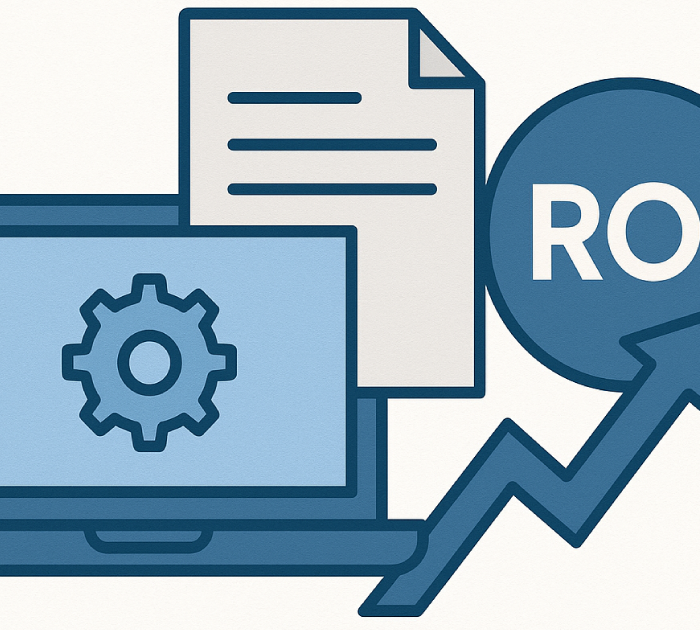In today’s dynamic business environment, efficient inventory management is more than just a back-office task—it’s a critical component for achieving operational excellence. For operations managers, the challenge lies in maintaining the right balance: meeting customer demand without incurring the costs associated with overstocking. This is where solutions like Produmex can transform inventory management.
The Challenges of Managing Inventory
Operations managers face a host of challenges when it comes to inventory management. The complexity of modern supply chains, unpredictable market demand, and the constant pressure to reduce costs all contribute to a high-stakes balancing act. Some of the primary issues include:
Overstocking vs. Understocking: Overstocking ties up capital in excess inventory, increases storage costs, and raises the risk of obsolescence. Conversely, understocking can lead to lost sales, dissatisfied customers, and disruptions in the production process.
Demand Forecasting: Predicting demand accurately is fraught with uncertainty. Seasonal fluctuations, market trends, and external factors like economic shifts can render even the most sophisticated forecasts inaccurate.
Supply Chain Complexity: With suppliers often spread across the globe, ensuring timely delivery and managing lead times becomes increasingly challenging. Any disruption in the supply chain can result in stockouts or delayed orders.
Data Silos: Many organizations still operate with isolated systems for procurement, production, and sales, making it difficult to have a unified view of inventory levels. This fragmentation hinders proactive decision-making and reduces responsiveness.
How Solutions Like Produmex Address These Challenges
Modern systems, such as Produmex, are designed to streamline inventory management by integrating data across all departments. This integrated approach not only simplifies operations but also provides real-time insights that are essential for making informed decisions. Here’s how it can help:
1. Centralized Data Management
Systems serve as the single source of truth by consolidating data from procurement, sales, production, and warehousing. This holistic view ensures that operations managers have access to up-to-date information on inventory levels, order statuses, and supply chain disruptions. With centralized data management, managers can quickly identify discrepancies and take corrective actions before minor issues evolve into significant problems.
2. Improved Demand Forecasting
By analyzing historical data and integrating predictive analytics, solutions like Produmex enhance the accuracy of demand forecasts. Advanced algorithms take into account seasonal trends, market behavior, and real-time sales data, helping operations managers anticipate fluctuations in demand. This improved forecasting capability allows businesses to adjust their inventory levels proactively, ensuring that they can meet customer expectations without the pitfalls of overstocking.
3. Real-Time Inventory Tracking
The ability to monitor inventory in real-time is one of the most significant advantages of implementing a system. Real-time tracking means that any changes in inventory levels—whether due to sales, returns, or restocking—are immediately updated in the system. This transparency enables operations managers to optimize reorder points and safety stock levels, reducing both excess inventory and stockouts.
4. Streamlined Operations and Process Automation
Systems automate many routine tasks associated with inventory management. This includes order processing, replenishment planning, and reporting. By automating these processes, operations managers can reduce human errors, save time, and focus on strategic initiatives rather than getting bogged down in manual data entry. Automation also ensures consistency and reliability in inventory management practices.
5. Enhanced Supplier Collaboration
Effective communication with suppliers is crucial for maintaining optimal stock levels. These type of solutions facilitate seamless collaboration by sharing real-time data on inventory levels, lead times, and demand forecasts with suppliers. This transparency helps suppliers better align their production schedules with the needs of the business, minimizing delays and ensuring that inventory is replenished just in time.
6. Scalability and Flexibility
As businesses grow, their inventory management needs become more complex. These systems are designed to scale with the business, accommodating increased transaction volumes and more intricate supply chain networks. This scalability ensures that operations managers can continue to manage inventory efficiently even as the business evolves.
A Humanized Approach to Inventory Management
While technology plays a critical role in optimizing inventory, it’s important to remember that behind every successful inventory management strategy is a team of dedicated professionals. Operations managers need to blend technology with human insight. Leveraging insights requires continuous monitoring, periodic review, and adaptive strategies that take into account both data and human judgment.
Investing in training and fostering a culture of collaboration can significantly enhance the effectiveness of systems. When team members understand how to interpret data and make informed decisions, they can use tools like Produmex not just to maintain optimal stock levels, but also to drive overall business success.
Conclusion
Mastering inventory management is a complex yet essential endeavor for any operations manager. With challenges ranging from demand forecasting to supply chain complexities, the task demands both precision and agility. Solutions like Produmex offer a powerful toolkit that integrates data, automates processes, and provides real-time insights, ultimately helping operations managers maintain the perfect balance of stock levels.
By embracing these advanced technologies and pairing them with skilled human oversight, businesses can reduce the risks of overstocking and understocking, ensuring that they are well-prepared to meet customer demand and drive sustained growth.
A system consolidates data from various departments into a single platform, ensuring that all inventory transactions are tracked in real-time. This reduces errors associated with manual data entry and provides accurate, up-to-date information for decision-making.
Yes, modern ERP systems incorporate predictive analytics that analyze historical data, seasonal trends, and real-time sales information. This allows for more accurate demand forecasting, enabling businesses to adjust inventory levels proactively to meet customer needs.
Produmex streamlines inventory management by centralizing data, automating routine processes, and providing real-time tracking. This integration helps operations managers maintain optimal stock levels, reduces the risk of stockouts or overstocking, and improves overall supply chain efficiency.






